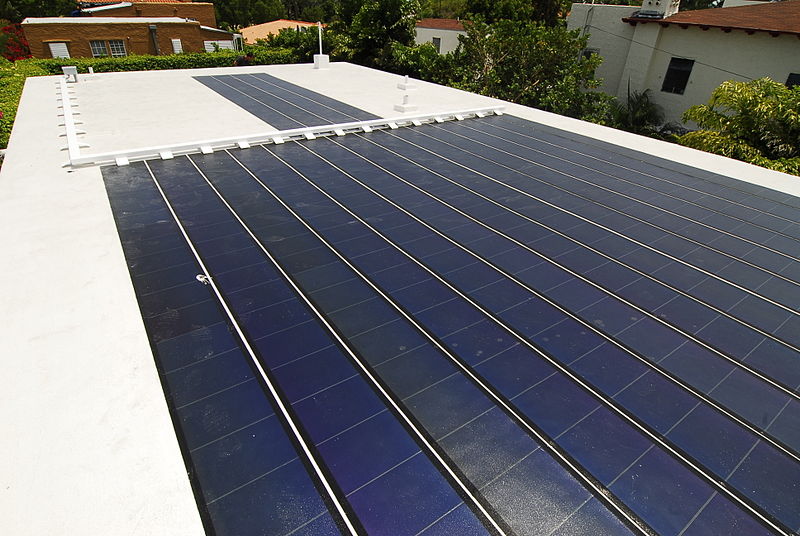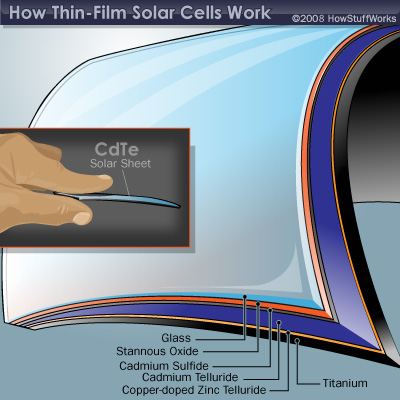Typical Solar Panel Performance Degradation due to Micro Cracks
Double Glass Solar Panels
PV Soiling
Maxim cell optimization
Half Cut Solar Modules
Solarskin Technology
Frameless Solar Modules
Reliability of Solar Panels
[...]

 Composition of thin-film cells. Source: SolarFacts and Advice[/caption]
Other Emerging Technologies
Research is going on towards improving conversion efficiency, and various technologies are being studied. Some of these are: dye-sensitized cell, Perovskite cell, organic solar cell, inorganic solar cell, and latest, quantum dot cell.
Closing Remarks
Which technology will ultimately lead? Actually there is no ultimate result. Things can change unexpectedly, and a forgotten technology may come to the forefront as a result of a technological breakthrough.
Composition of thin-film cells. Source: SolarFacts and Advice[/caption]
Other Emerging Technologies
Research is going on towards improving conversion efficiency, and various technologies are being studied. Some of these are: dye-sensitized cell, Perovskite cell, organic solar cell, inorganic solar cell, and latest, quantum dot cell.
Closing Remarks
Which technology will ultimately lead? Actually there is no ultimate result. Things can change unexpectedly, and a forgotten technology may come to the forefront as a result of a technological breakthrough.